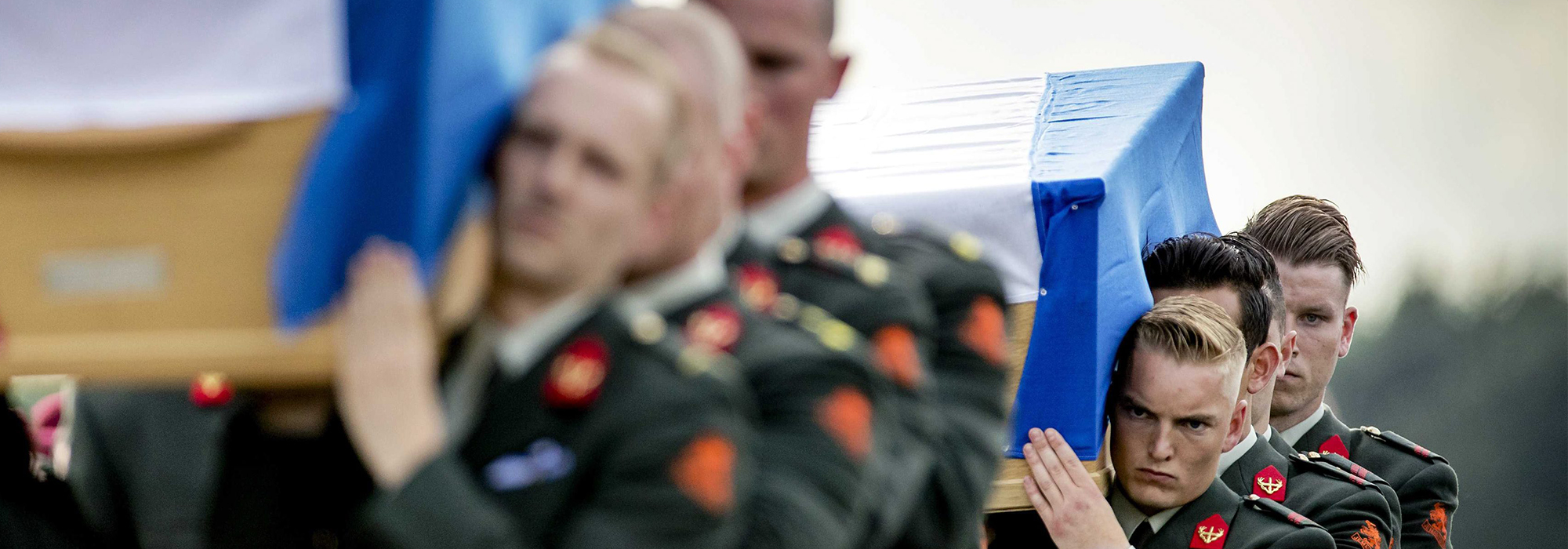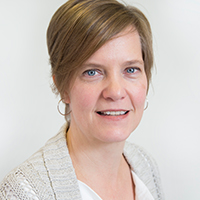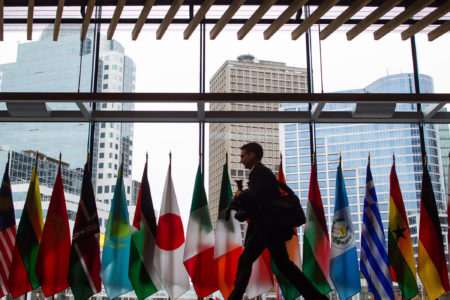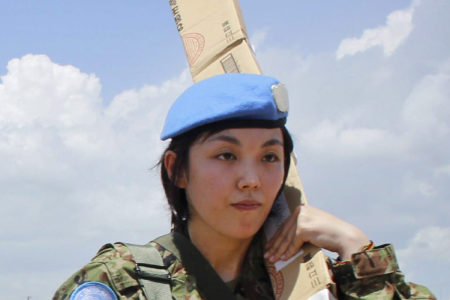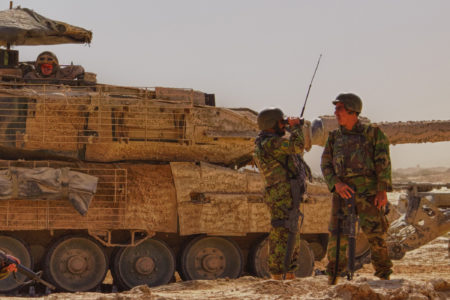
This month’s UN Peacekeeping Defence Ministerial conference includes a set of thematic discussions on “protecting those at risk.” The goals for this theme are laudable and diverse, including better integration of strategy and operational realities such as engaging with local populations; furthering best practices for the protection of civilians, as laid out in the Kigali Principles; and addressing sexual exploitation and abuse (SEA) by peacekeepers and UN personnel. I’d like to suggest three areas as central to these discussions.
Supporting existing protection efforts
First, and at the risk of stating the obvious, protecting civilians is complicated. Who counts as a civilian is not always immediately apparent in a war zone, where fighters use civilians as human shields or shed their uniforms to blend in with the population. Some analysts have pointed out that the emphasis on protection via military force in the Kigali Principles might produce counterproductive results, particularly when missions lack appropriate resources or mandates. Importantly, however, many approaches to protecting civilians from harm do not rely on force. Human rights groups document harms to civilians and name and shame perpetrators. Humanitarian organizations provide medical assistance, shelter or food as well as legal and other forms of protection. In some places, third-party unarmed civilians accompany individuals at risk, and in virtually all conflict zones, communities have become adept at finding ways to provide protection for themselves.
None of these approaches, whether armed or unarmed, is effective all the time; the horrendous number of civilian deaths in armed conflict is testament to this fact. Nor should the deployment of unarmed protection serve as an excuse to do nothing. Yet peacekeeping interventions must support and not undermine these unarmed or nonviolent efforts where they exist. To do so, peacekeeping interventions cannot be one-size-fits-all endeavours; each must be tailored to context and appreciate the local capacities for protection already in place.
Accountability to local populations
Second, the conference goals that highlight engagement with the populations affected by armed conflict and the push to outline new approaches to accountability for sexual exploitation and abuse by both peacekeepers and UN personnel are welcome — and much needed — developments. To accomplish these, the conference discussions and outcomes must consider multiple accountabilities and the ways they reinforce and undermine each other.
Increased engagement with local populations comes with benefits as well as potential costs. Research has highlighted the linkages between peacekeeping operations and disease, from HIV to cholera. Stories of exploitation and abuse cross borders and undermine the effectiveness of the UN and its peacekeeping operations; more generally, they weaken trust in these institutions and public support for them. Thus, engagement with local populations requires accountability, both individual and institutional: individual in the sense of ensuring that individual peacekeepers treat populations with respect and in accordance with relevant legal frameworks, and institutional in the sense that states hold accountable those individual peacekeepers who violate these obligations. Doing so is an ethical, legal and pragmatic obligation, one that must feature prominently on the agenda.
Protecting the peacekeepers
Finally, protecting those at risk must also mean the protection of peacekeepers themselves. In the past few months, UN peacekeepers have been killed or injured in Mali, the Central African Republic and the Democratic Republic of Congo. UN statistics indicate just over 1,800 UN civilian personnel were affected by safety and security incidents in 2015, including 23 dead and 99 injured as a result of violence.
For decision-makers, the fear of soldiers returning home in body bags and of the associated domestic political costs constitutes a significant obstacle to UN members, including Canada, making new UN peacekeeping commitments. Yet even though narratives abound about the increasing risks to peacekeepers over time, the empirical evidence to support these claims is scant. In fact, analyses of UN peacekeeping fatalities over the last 20 years suggest overall stability in the number of attacks, in both absolute and relative terms (see work by the Stockholm International Peace Research Institute, Marina Henke and the Uppsala Conflict Data Program). As with aid workers, the patterns of attacks on peacekeepers differ from country to country, and even within a country. In several ongoing research efforts, my colleagues and I are comparing patterns of attack against aid workers and against peacekeepers (see the Peacemakers at Risk project and the Making Peacekeeping Data Work for the International Community project). Understanding these patterns is important for effective operational security management.
To protect peacekeepers, member states and the UN must first ensure that peacekeeping mandates and resources match the context. Moreover, member states must promote respect for international humanitarian law (IHL) and end impunity for attacks on peacekeepers (and on others working to protect civilians). Respect for IHL provides protection for those affected by armed conflict, whether the wounded and sick, civilians caught up in the violence or aid workers. Common article 1 of the Geneva Conventions requires not only that states respect IHL but that they hold other parties accountable for respecting IHL in armed conflict, even if they are not involved in a particular conflict.
The UN and contributing states have a duty of care to the peacekeepers who serve under the UN flag. A commitment on the part of the participating states at the 2017 conference to identify, prosecute and hold perpetrators accountable for their actions under applicable domestic or international law frameworks would represent a significant step toward ending impunity for attacks. From my own research on the causes and consequences of violence against aid workers and other interveners, I know that efforts to prosecute or otherwise hold perpetrators accountable are appallingly scarce.
Such efforts could have important spillover effects as well. Cultivating an institutional culture that demonstrates respect for the UN’s own peacekeepers, through accountability and efforts to counter impunity, will implicitly foster respect for the civilians whom peacekeepers are supposed to protect.
This article is part of the special feature Peacekeeping Reimagined.
Photo: Dutch soldiers carry the coffins of two Dutch UN peacekeepers, during a funeral ceremony at the militairy airport in Eindhoven, The Netherlands on 11 July 2016. The two Dutch UN peacekeepers died on July 6 in an explosion in Kidal northwest Mali during a training exercise. EPA/Robin van Lonkhuijsen
Do you have something to say about the article you just read? Be part of the Policy Options discussion, and send in your own submission. Here is a link on how to do it. | Souhaitez-vous réagir à cet article ? Joignez-vous aux débats d’Options politiques et soumettez-nous votre texte en suivant ces directives.



